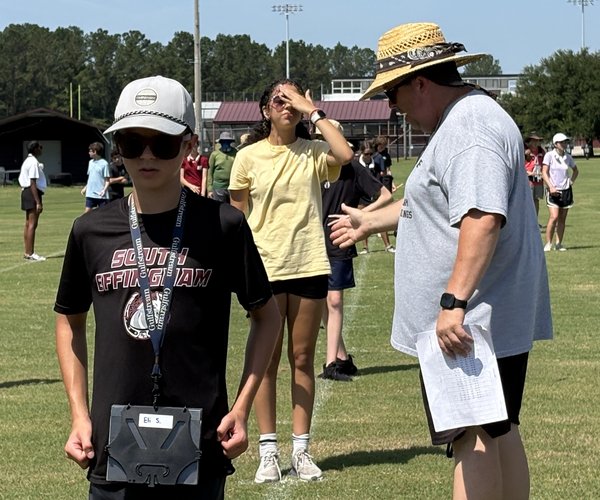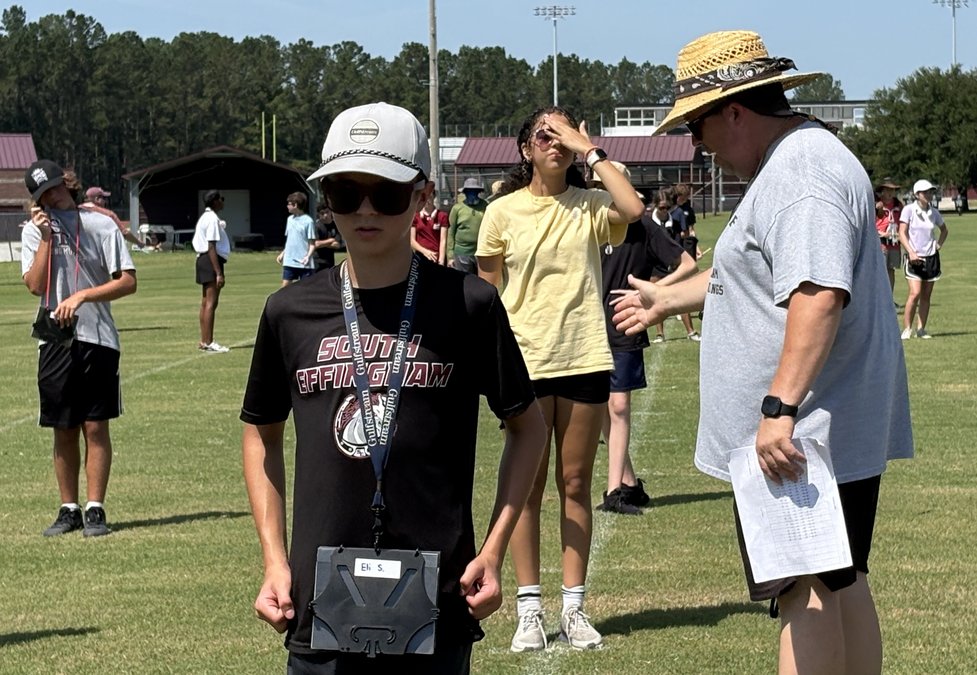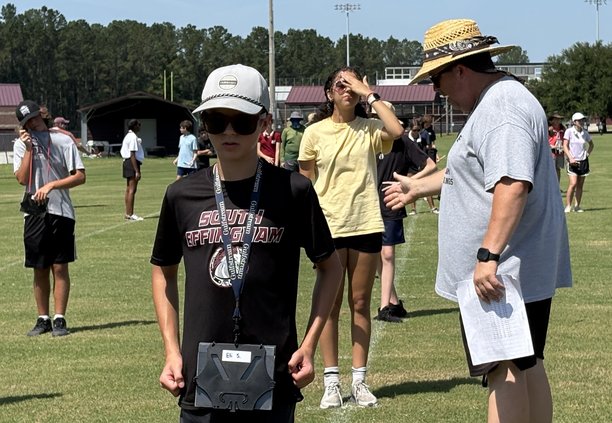SPRINGFIELD — Laurel Street’s business landscape has changed from barren to bountiful. Buildings that used to be empty and decaying a few years ago are showing significant signs of economic life.
“We love to go down there to visit Flacos House and Daisy Mae’s Cafe,” said Rincon’s Sean McBride, who was in Springfield with his family Saturday. “The revitalization has created such a family-centric place to go. The revitalization is an amazing thing for our community.”
The growth spurt coincides with the birth of the Downtown Development Authority (DDA).
“The DDA was created in 2016 and, shortly after, the City (of Springfield) applied for the new Rural Zone designation to help incentivize growth in our downtown,” Community Development Director Erin Phillips said.
Tax credits made possible by Rural Zone designation encouraged property owners to renovate their buildings.
“The Rural Zone area is a little larger than downtown or the DDA Area but was still limited to Laurel Street properties at the time,” Phillips said. “When we applied in 2017, we had 13 vacant structures in downtown. We currently only have one that I can think of right now.
“I think that statistic is pretty telling. We had 13 of 60 downtown commercial buildings vacant in 2017. Now we have only one and many of those renovated now have multiple businesses in them.”
A team consisting of DDA board members, city council members and the president of the Springfield Merchants Association was established to ensure that the Rural Zone was a success. Its goals were:
1. Improve marketing of downtown business to both new and existing residents of Springfield and Effingham County.
2. Create a network of business owners and downtown service providers that can offer assistance to those wanting to open new businesses in Springfield.
3. Create more downtown events that assist in promotion of the stores and amenities
4. Promote the preservation of downtowns existing heritage sites and historically significant buildings. This included collecting data on previous historic building uses and historical photographs.
5. Catalog vacant and available properties in town and making connections between owners and possible new businesses
6. Coordinate options to always make sure that downtown is easily accessible and connected to the commercial growth on the Ga. Hwy 21 corridor.
Building vacancies became a problem after the path of Ga. Hwy 21 was shifted westward away from downtown. Some structures fell into serious disrepair that made renovations cost prohibitive for their owners without assistance.
“The DDA has awarded 16 façade grants since it started receiving applications in 2017,” Phillips said. “We have also awarded four Start-Up Grants. I’ve worked with a number of businesses to just advise them on getting started and helping them find a space in downtown. It’s hard to know how many exactly.
“Another program we offer is design assistance. I have files on at least nine different property and business owners in downtown where I have provided renderings or plans to help them plan out building renovations, signage and façade improvement ideas.”
The DDA has renovated three downtown buildings it owns.
“We use the model of acquiring a building and then leasing it out at a below-market rate for a limited amount of time, with the requirement that the tenant uses their funds for the renovation as a trade-off for the reduced rate,” Phillips said. “At the end of term, we can continue the lease at market rate or allow them to purchase the building at a reduced rate that reflects the investment they’ve already put into the property. Again, most of that is behind the scenes and, with the tenant doing the work that the public can visibly see, most don’t even realize we are involved at all.”
For instance, the DDA owns 405 N. Laurel St. where Carlson & Co. is located.
“(That’s) Just something to consider when it might not ‘look like’ the DDA is doing a lot in downtown,” Phillips said. “There is a lot going on behind the curtain, so to speak.”
In another effort to curb downtown’s aesthetic and business decline, the Springfield City Council and Effingham County Board of Commissioners purchased some of the vacant buildings for government use. A closed car dealership became the new Springfield City Hall; a vacant church was transformed into county commission office space; an empty lot was purchased for the Public Works Department.
Most notably, the Mars Theatre was purchased, renovated and reopened to the public as a live music and first-run movie venue.
Springfield Mayor Bart Alderman is proud of his city’s turnaround. He said people are eager to add to the success story.
“It’s so nice because it’s almost like a snowball,” he said. “We are gathering speed. We are gathering steam.
“Now we have people who are coming to us and saying, ‘Do you have an opening on your planning board?’ For years, we were just looking for warm bodies for the planning board.”
The mayor said he knows people from Rincon and Clyo who drive to Springfield to walk in Springfield’s pleasant atmosphere.
City Councilmember Dee Moncrief, formerly of the DDA board, said it is no accident that Springfield has become a magnet for businesses and visitors.
“We have a strong city staff,” she said. “If you don’t have a good support system in place, it doesn’t matter what we do on the podium. ... We have a great scenario.”








